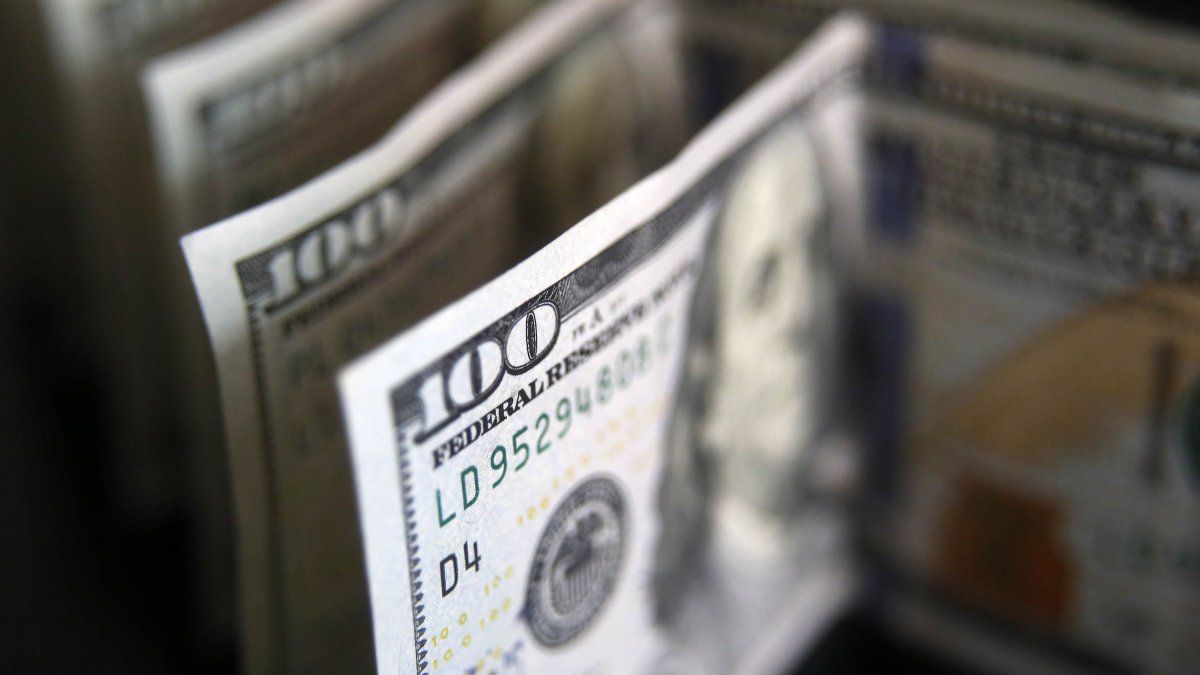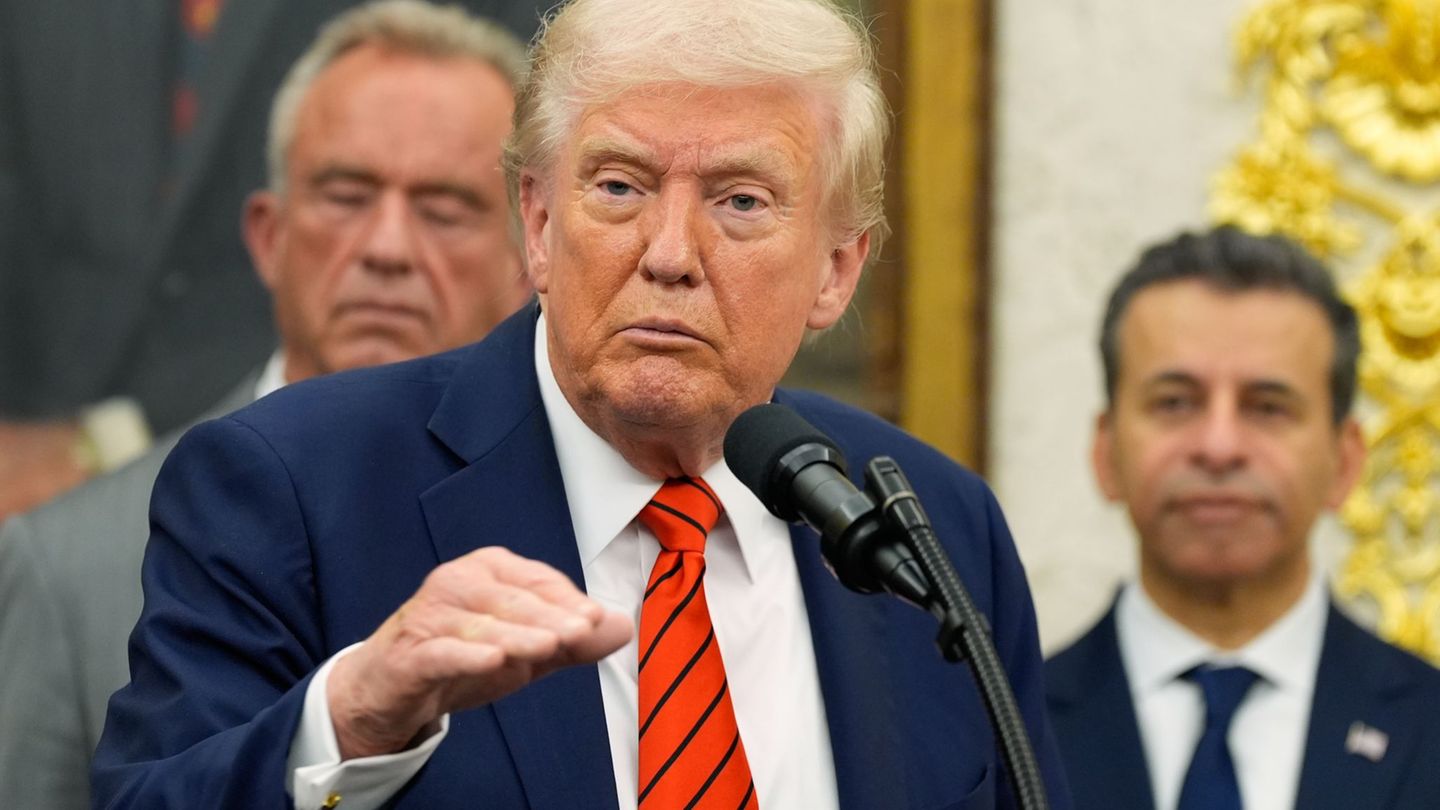He Dolar blue It rose $42 last week to $422 and this Monday it made another $20 jump, so it stands at $462, with a gap close to 110% with respect to the wholesale exchange rate and very close to the ceiling of $480, which some analysts put as a possible ceiling a few days ago, taking into account that the previous overshooting gap of the illegal had been around 130%. Despite the fact that these numbers are eloquent to illustrate the current exchange rate volatilityseveral voices in the City warn at this time that this is not free for the economy and the pocket of the argentinesbut it impacts through the rebranding of prices, mainly, and, eventually, in the availability of some products.
Thus, the Invecq economist Juan Pablo Albornoz comments that “the Dolar blue or parallel is the reference variable for ordinary Argentines”, points out that, when we have shocks in its price, price remarks are given at a general level, especially in everything related to consumption of durable goods and construction.
This responds to the fact that “the expectation that the replacement cost it may be higher going forward and the risk that the rest of the competitors will sooner or later adjust their prices also due to the prospect of the movement of the dollar”.
Blue dollar rising: fear of a devaluation
It happens that, according to the economist and director of Analytica Claudio Caprarulo, “the current evolution of the Dolar blue generates higher expectations of a future devaluation”. And, in this context, it indicates that, in some sectors, cost shipping is stopped of the suppliers because they want to wait for the situation to normalize to find out what the value of the replacement will be.
“Importers, above all, have problems in this regard,” he warns. Because the current regulations of the Central Bank oblige them to calculate an import cost that takes into account the blue quote and not only that of the officer.
Consequently, in these circumstances, Albornoz points out that the seller has two alternatives:
- he sits on the stock and does not sell until he sees when the dollar settles and how the price lists he receives respond;
- or remark so as not to be left out of shoes in front of your competitors and/or not to lose money when it comes to replenishing.
There is no doubt, then, that, as pointed out by the economist and director of MyR Consultores, Fabio Rodríguez, “the sharp increase in blue It hits directly to the pocket of the Argentines since it hinders many businesses and the fluid commercialization of products with imported components”.
Problems in prospects for replacement
That, describes, generates, in turn, a biggest drop in product revenuein some cases, “accentuated because the current very hard stocks, which prevents obtaining the almost non-existent official dollar”. This difficulty to import is added, then, to the “preventive stoppage” of many activities that stop negotiating and passing prices for fear of sudden changes in replacement costs.
In this way, there is a strong impact on prices, although, as Albornoz clarifies “this does not imply that the cause of inflation is merely expectationsalthough it recognizes that this is a crucial channel, which can aggravate or alleviate the process of rising prices.
However, as Caprarulo points out, what we are seeing these days in the parallel dollars acceleration has its impact on the economy, although it highlights the fact that, “far from a total standstill, activity continues to function and the dollar is still far from the absolute values it reached at times of maximum peaks, such as in December 2020 and when Martín Guzmán left, in June of last year” (both periods, reached gaps of around 130%).
Source: Ambito




